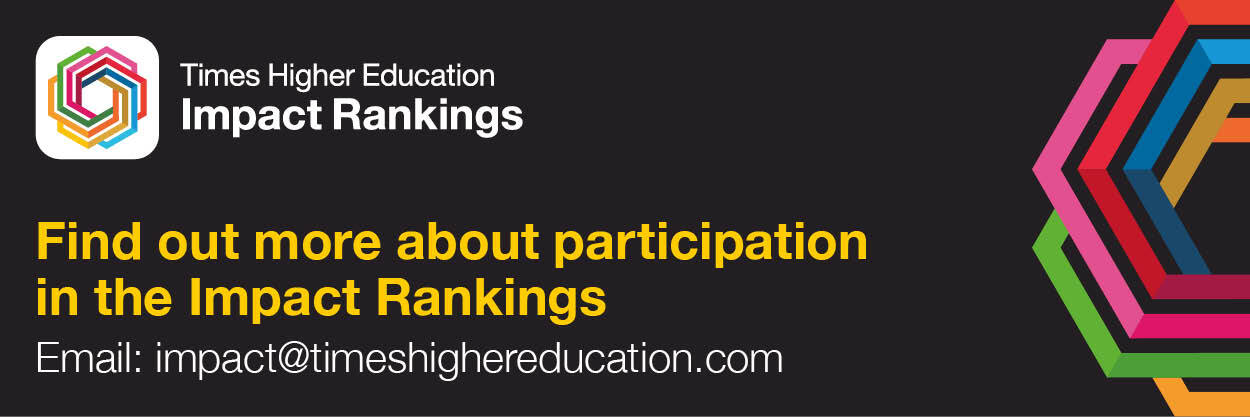Bringing together expertise, resources and equipment from different disciplines and research groups is essential in most areas of research, from the very fundamental to the very applied. Complicated questions need interdisciplinary and collaborative approaches – whether organised through formal consortia or more informal networks.
The European Union’s Horizon 2020 research funding programme is divided into three distinct “pillars”. Pillar I is called “excellent science”; it aims to “reinforce and extend the excellence of the Union’s science base” and includes the much-lauded European Research Council. Pillar II is “industrial leadership”, aimed at developing technologies relevant to industry; and Pillar III is “societal challenges”, intended to address seven major themes: health, food, transport, climate, energy, secure societies and inclusive societies.
Out of the total €80 billion (£69.2 billion) budget, pillars II and III have been assigned €47 billion over the period 2014-20 to fund collaborative research projects that preferably include important contributions from industrial and societal partners.
Fundamental research potentially has a lot to contribute to both industrial development and societal challenges. However, a key feature of pillars II and III makes this potential nearly impossible to realise.
“Technology readiness levels”, or TRLs, were developed by Nasa in the 1980s to facilitate its R&D planning by evaluating the technological maturity of innovations in space technology. Adapted versions of the original TRL scale are now used more widely by US governmental organisations and several large companies. In Horizon 2020, many of the funding calls are assigned a TRL to indicate the desired level of technological maturity of the proposals. TRL classifications range from TRL 1 (“basic principles observed”) to TRL 9 (“actual system proven in operational environment”). Almost all of what we call discovery research – fundamental research that aims at deciphering basic processes and mechanisms – falls into the TRL categories 1 or 2.
Our analysis of the number of times each TRL was mentioned in funding calls for pillars II and III during 2014-15 and 2016-17 indicates that there were hardly any calls for a TRL of 2 or lower. The distribution is clearly very skewed towards TRL 5 and higher, reflecting a policy of focusing on improving the “market readiness” of existing technologies. Discovery research is explicitly excluded.
We recognise that the European Commission invests in investigator-driven discovery research through Pillar I. However, the programmes in this pillar are generally designed to fund individual researchers and their teams; they do not support the kinds of collaborative research that could really transform the way we address specific social and industrial challenges by developing radically new technologies out of radically new knowledge. That is why we believe that it is important for the Commission to expand the possibilities for collaborative discovery research.
For the rest of the Horizon 2020 programme, we would urge the Commission to ensure a more balanced distribution of TRLs in the various calls to come, in particular for pillars II and III. But for future framework programmes, a more radical rethink is required.
A concrete suggestion would be for the Commission to offer funding at the different stages of the innovation chain by introducing broad challenge-based topics that “harvest” projects at different TRLs at the same time. The Commission could divide its calls into multiple projects instead of one or two large projects. In health, for instance, these could be low-TRL projects aimed at “understanding disease”; medium-TRL projects to test “targets to beat disease”, up to proof-of-concept stage in live environments; and high-TRL “beating disease” projects to pick up the results and bring them to market.
This “three-stage rocket” type of call could also be recurrent, enabling high-TRL projects to harvest results from previous low-TRL projects. And it could just propel Europe’s R&D – and, by extension, its standard of living – into the stratosphere.
Geert de Snoo, Floor Frederiks and Peter Lievens are, respectively, chair, policy officer and steering group member of the League of European Research Universities’ policy group on natural sciences. Katrien Maes is chief policy officer at Leru. This article is an abridged version of a policy note published by Leru in September 2016, with additional elements from Leru’s advice paper on the Interim Evaluation of Horizon 2020, published in October 2016.
Register to continue
Why register?
- Registration is free and only takes a moment
- Once registered, you can read 3 articles a month
- Sign up for our newsletter
Subscribe
Or subscribe for unlimited access to:
- Unlimited access to news, views, insights & reviews
- Digital editions
- Digital access to THE’s university and college rankings analysis
Already registered or a current subscriber?









